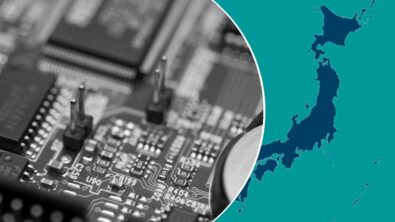The Importance of RF Harmonic Balance Analyses

Radio frequencies are all around us and are busy at work within the modern day electronic devices and systems. Those clock frequencies are utilized for various purposes within ICs where analog and digital signals need to co-exist. All IPs and sub-components within a chip are only as good as to what scenarios they were verified for during the design phase. No one wants to see hardware failures and be in the hot seat answerable to their executive team and to customers! But it happens sometimes unfortunately. Often times, it comes down to missed coverage in verification methodology or inaccurate analyses that made the pre-silicon design appear more robust than what it really was in hardware.
With advanced technology nodes, circuit density is increasing fast, but so is parasitic RC and device noise. Congested circuits can lead to unintended effects such as noise coupling. It is even more imperative for designers to get creative in verifying not just their leaf circuits and upper blocks with realistic stimuli and loading, but also all interfaces to dependent circuits designed by others. Furthermore, designers are under tight deadlines to create competitive circuits that need to meet stringent specifications covering performance, power, noise, and reliability. There is a constant push to minimize silicon re-spins and that requires highly accurate verification. Specialized analyses beyond typical methods need to be considered for analog circuits.
By specialized analyses, I am referring to RF (or Radio Frequency) analyses. Many designers may find them confusing and even intimidating. So, we at Siemens EDA intend to simplify and break it down to get your comfortable!
Why are RF analyses important for analog circuit design? What are the different RF analysis methods? What are the typical applications and measurements for RF analyses? What is periodic analysis? How does RF Harmonic Balance (HB) work? What is the value of frequency domain periodic large and small signal analyses? Why are multi-tone analyses important and what are the challenges with it? Where is the latest innovation from Siemens EDA in this front?
Find out answers to these questions from our recently published white paper, industry article (Semiconductor Engineering), and webinar!
Article: The Value Of RF Harmonic Balance Analyses For Analog Verification
White paper: A Systematic Analog Verification Approach Using AFS Harmonic Balance
Webinar: Addressing RF Verification Challenges with Analog FastSPICE Harmonic Balance << Register to view the on-demand webinar that happened live on Wednesday, April 20, 2022
Our latest suite of RF HB analyses are showcased and they are part of Siemens EDA’s Analog FastSPICE (AFS) Platform. The AFS RF engine is further boosted for performance and capacity with AFS eXTreme technology. In the white paper and webinar, we further explain case studies of AFS RF Harmonic Balance.
To learn more about Siemens‘ Analog FastSPICE platform, visit: https://eda.sw.siemens.com/en-US/ic/analog-fastspice/


